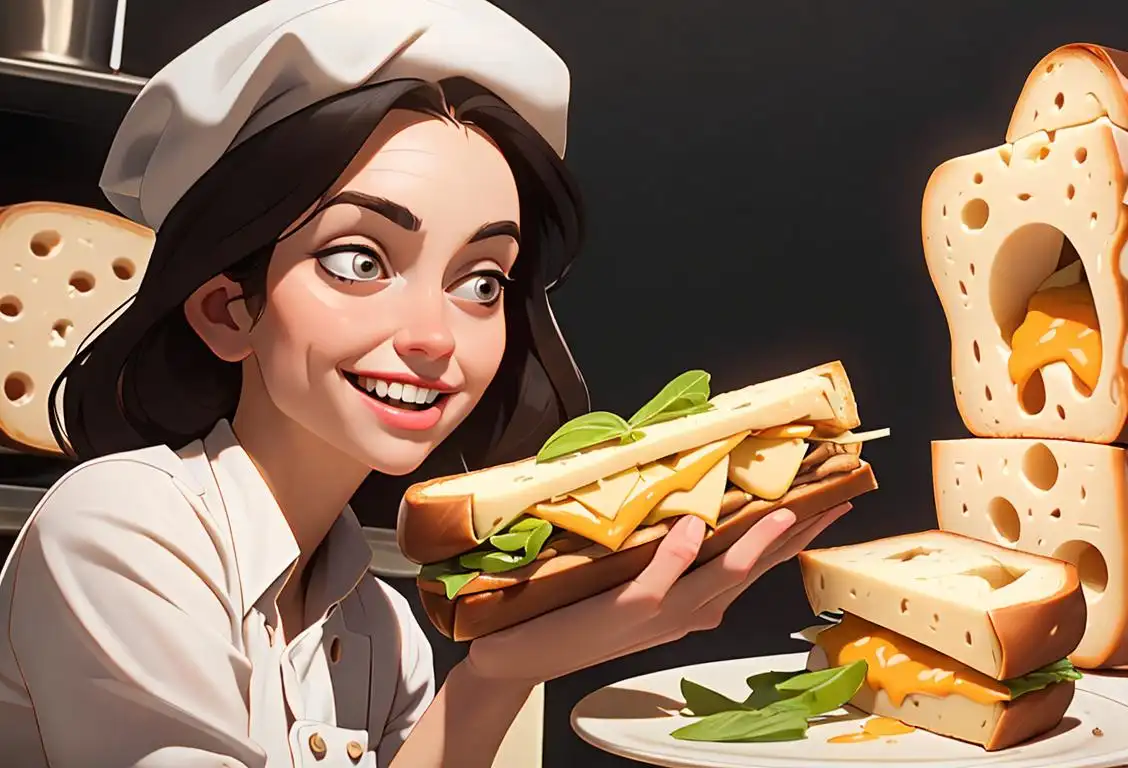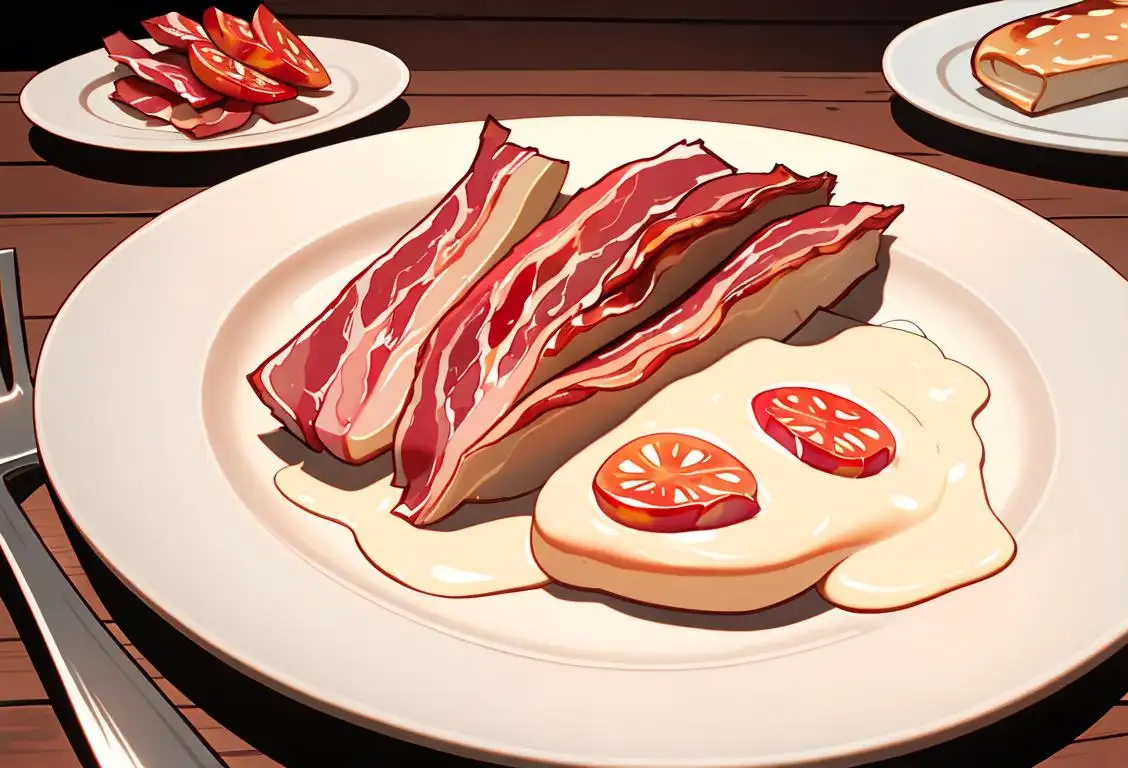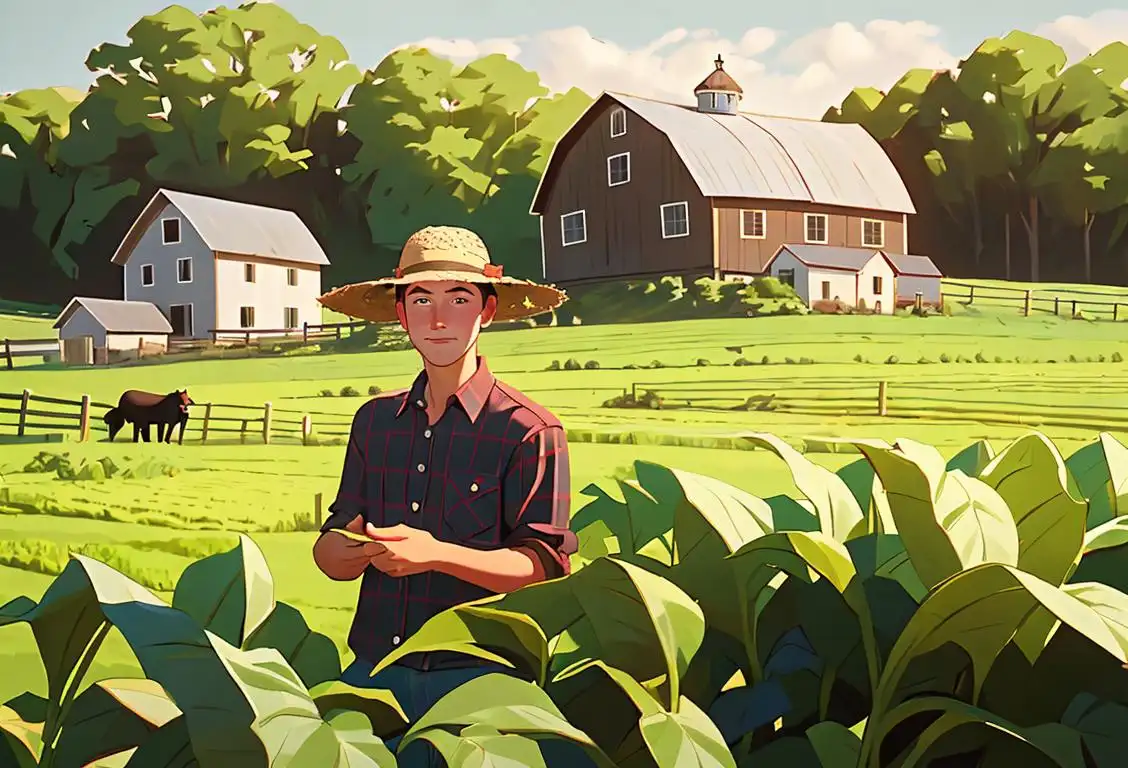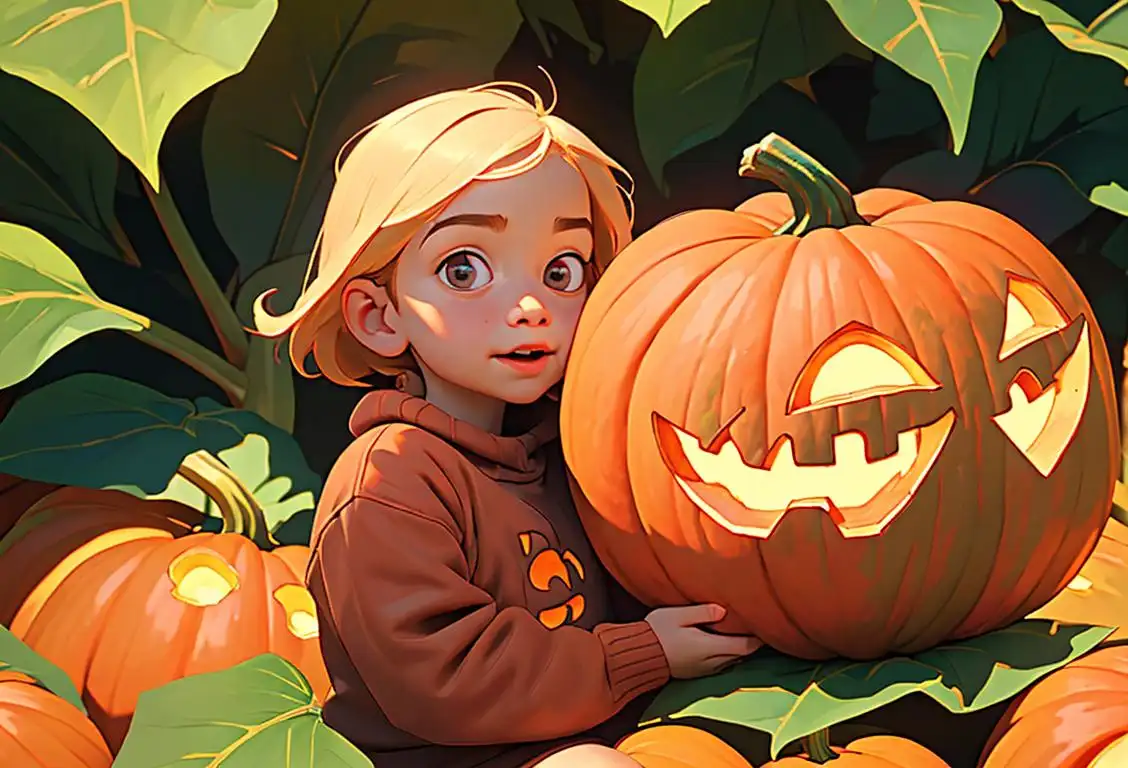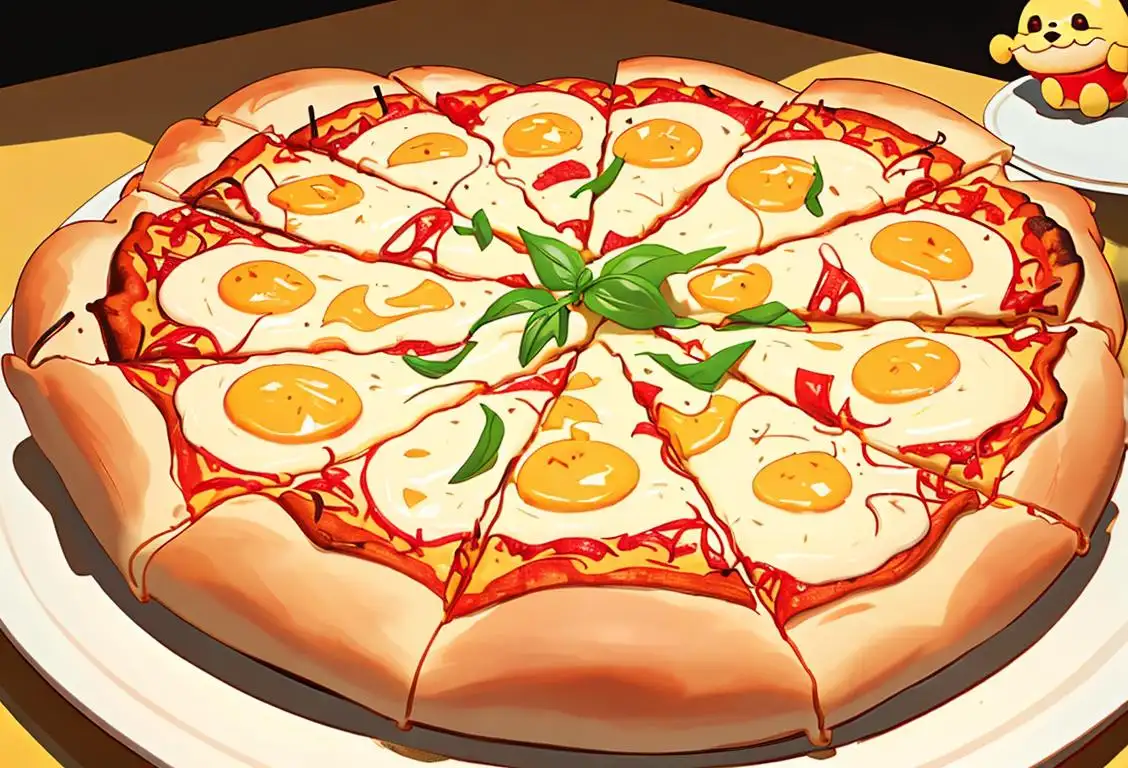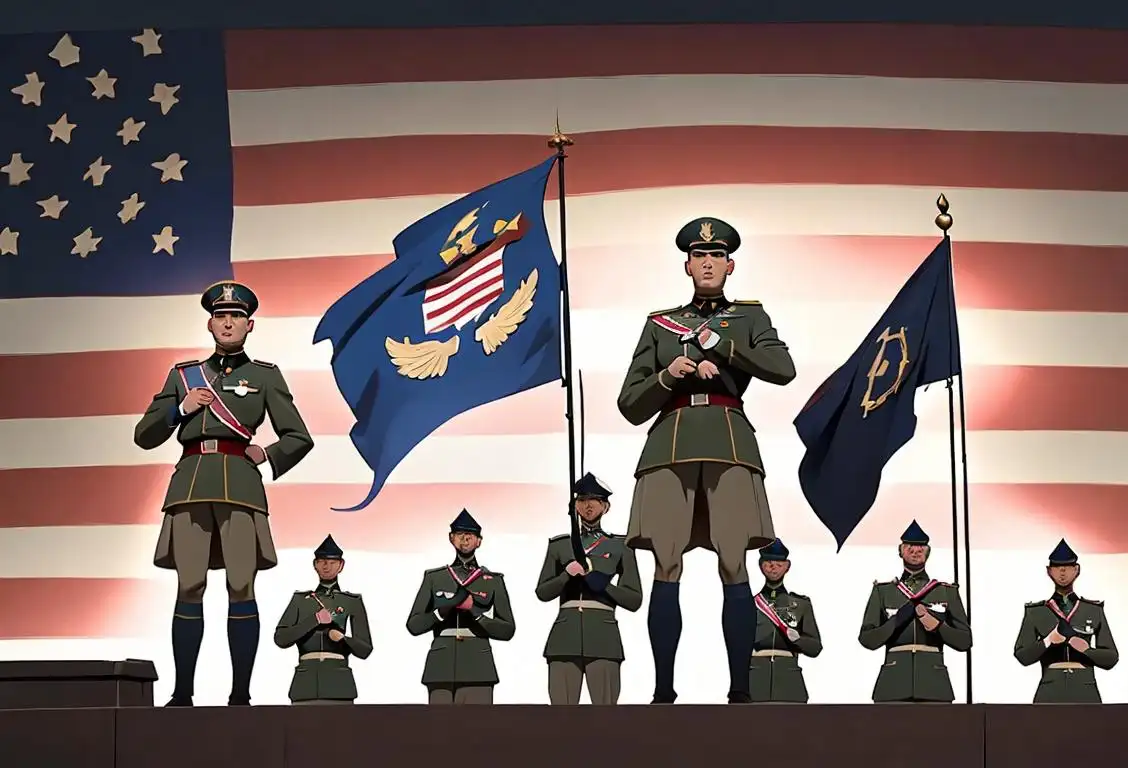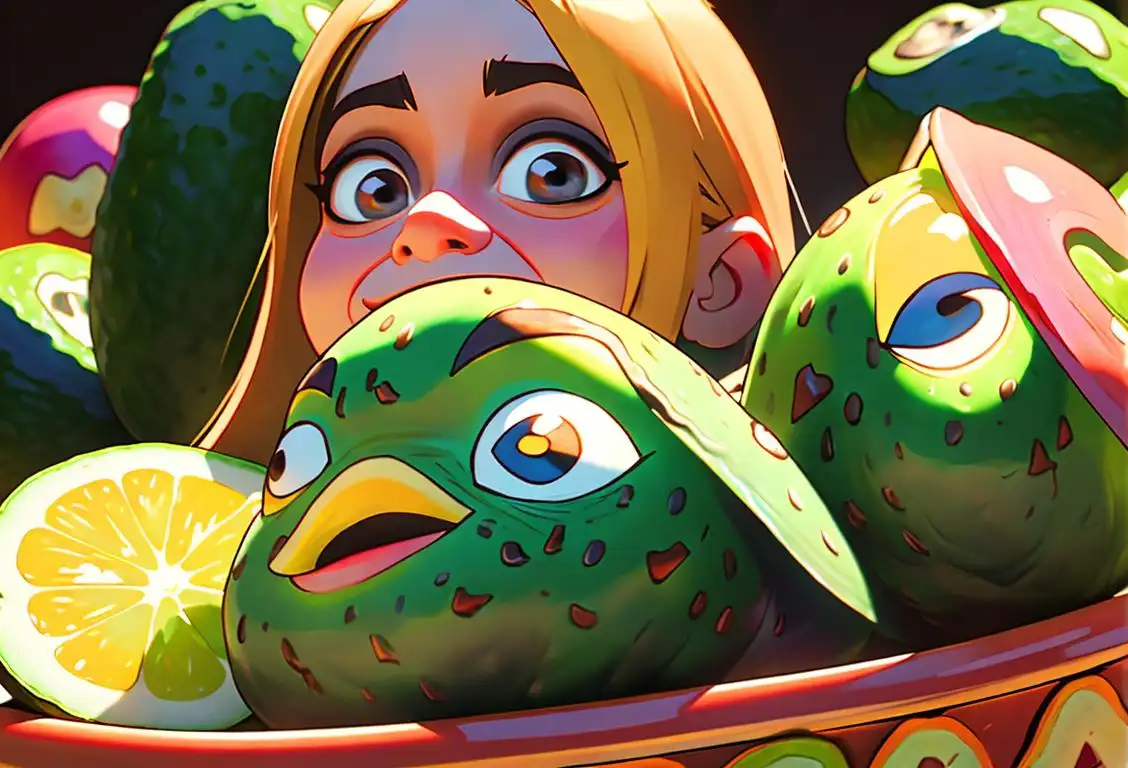National Skittles Day
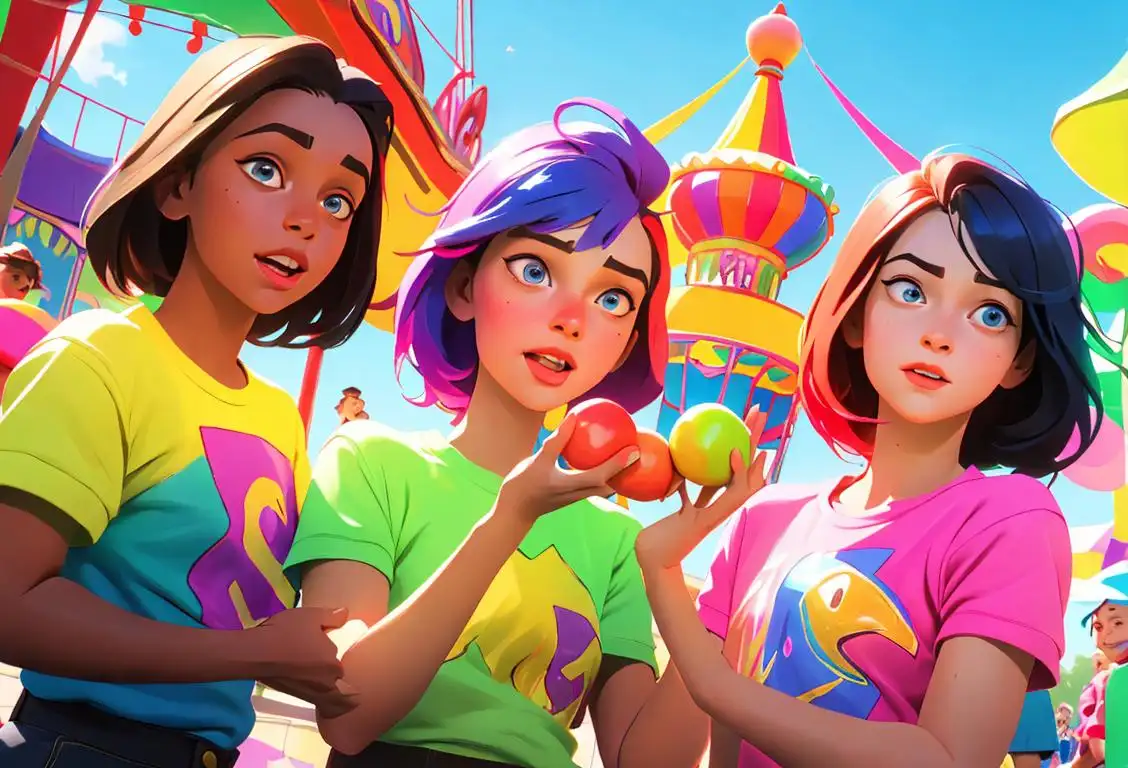
Did you know there's a day dedicated to celebrating those little chewy candies we all secretly (or not so secretly) love? Yes, we're talking about Skittles, and yes, there's a National Skittles Day - any excuse for a sugar rush, right? Buckle up as we dive into this rainbow of joy, taste the bloggin' rainbow!
When is Skittles Day?
It's national skittles day on the 4th November.
How did National Skittles Day Start?
Much like the creation of the universe, the exact origins of National Skittles Day are shrouded in mystery and likely involves some spectacular explosion... of flavor. Our first online detection of this day was from a handful of enthusiastic sugar aficionados posting about their grand appreciation for these vibrantly colored candies. After that, it just stuck like a Skittle to the roof of your mouth - delightful, yet ever so slightly inconvenient.
Most Notable Mention of National Skittles Day
Was it a NASA engineer? The President of Candyland? No, the most notable mention of National Skittles Day traces back to November 4, 2016. On this day, the Internet exploded with a rainbow of people celebrating the existence of this lighthearted day. Nobody exactly knows why it caught on that specific day, but who are we to question the magical sugar-rush pandemonium that took place?
Ways to Celebrate National Skittles Day
One way people celebrate is by quite simply consuming Skittles in a controlled, or sometimes not-so-controlled manner. Others choose to create Skittle-themed party games, bake rainbow colored cakes or even host Skittle art contests. The choice is yours! So, gather your friends and family, and revel in the simple, colorful joys that Skittles bring. After all, life's a bit sweeter when you're tasting the rainbow!
History behind the term 'Skittles'
16th Century
The Origins of Skittles
Skittles are believed to have originated in England in the 16th century. The game was initially played outdoors and involved using a ball to knock down wooden pins called 'skittles.' The objective of the game was to score points by knocking down as many skittles as possible.
800 AD
The Origins of Skittles
Skittles, a game of bowling pins, has its roots in ancient Europe during the 9th century. The game was played with a wooden ball and pins, and it quickly gained popularity in various countries, including England, Germany, and Scandinavia. The name 'skittles' is believed to have originated from the Old English word 'sceol', which means 'to split' or 'to divide'.
1609
Skittles Originated as a Game in England
The term 'skittles' originated in England in the year 1609 as a reference to a game called 'Nine Pins' or 'Nine Men's Morris'. It was a popular game played with wooden pins, which were usually set up in a diamond shape. Players would roll a ball towards the pins, aiming to knock down as many as possible. This early version of skittles was played both outdoors and indoors, and it quickly gained popularity throughout England.
14th century
Medieval Origins
Skittles can trace their origins back to the 14th century in Europe. In the Medieval period, a game known as 'Nine Pins' was immensely popular. This game involved rolling a wooden ball to knock down nine pins arranged in a diamond pattern. As the years went by, this game evolved, and variations of it started appearing across different parts of Europe.
1610
Origins in England
Skittles, as a term for a type of game, originates in England in the year 1610. The term originally referred to a game played with wooden pins and balls. It was initially known as 'Nine Pin Skittles', as it involved knocking down nine pins using a ball. This early version of skittles gained popularity in English pubs and became a common pastime among the locals.
1780
Game of 'Skittles' Evolves into Bar Skittles
During the late 18th century in England, the game of skittles evolved into a version known as 'bar skittles'. Bar skittles featured a compact tabletop board with several pins arranged in a straight line. Players would use a spinning top or 'devil' to knock down the pins. Bar skittles became a popular pub game, providing entertainment and friendly competition for patrons.
1779
Development of Indoor Skittles
In the year 1779, a variation of skittles known as 'Indoor Skittles' emerged. This version of the game featured a smaller, tabletop-sized alley with pins placed at one end. Players would use a smaller ball to knock down the pins. Indoor skittles gained popularity, especially in taverns and indoor establishments, where it provided entertainment during the colder months.
17th Century
Development of Indoor Skittles
By the 17th century, skittles became a popular indoor game in England. The wooden skittles were replaced with smaller, portable versions known as 'table skittles' or 'pub skittles.' These skittles were placed on a table and players would take turns tossing a ball in an attempt to knock them down.
17th century
Bowling in Britain
During the 17th century, the game started gaining popularity in Britain under different names like 'Skittles' or 'Nine Hole Bowling.' It involved using a ball to topple nine wooden pins arranged in a square formation. It became a favorite pastime in pubs and social gatherings, providing entertainment to people of all ages.
15th Century
Evolution of Skittles
During the 15th century, skittles began to evolve into a more recognizable form. The wooden pins used in the game were standardized, and formed into a triangle shape. The ball used in skittles also underwent changes, transitioning from wooden balls to balls made from stone or leather. This development allowed for a more controlled and accurate throw, enhancing the skill required to play the game.
1855
Invention of the Modern Skittles
The year 1855 saw the invention of the modern skittles game as we know it today. A British pub owner named Joseph Shillcock developed the concept of using a spinning top called a 'cheese' to hit the pins. This new twist added an exciting element of spin and precision to the game. It quickly gained popularity and became a staple in pubs, clubs, and social gatherings across England.
19th Century
Introduction of Toppling Pins
In the 19th century, skittles underwent a significant change with the introduction of new pins. These pins had a weighted base that made them stand upright after being knocked down, adding an extra challenge to the game. The term 'skittles' also started to be used to refer to the game itself, rather than just the pins.
1909
Creation of Modern Skittles Candy
In 1909, William J. Wrigley Jr. created a brand of candy called 'Skittles' in the United Kingdom. These original Skittles were a type of hard fruit-flavored candy with a shell coating. Initially, Skittles were only available in the flavors of orange, lemon, lime, and strawberry. The candy became popular for its vibrant colors and fruity taste.
18th Century
Social Aspect of Skittles
In the 18th century, skittles took on a new dimension as a social activity. Pubs and taverns became common venues for skittle alleys, where locals would gather to play and compete against each other. Skittles became not only a game of skill but also a way to build community and camaraderie. It was a popular pastime for people of all ages and social backgrounds.
19th century
Influence of European Immigration
In the 19th century, European immigration to the United States brought along various cultural traditions, including Skittles. The game gained popularity in the immigrant communities and found its way into local bars, saloons, and social clubs. American Skittles, also known as 'Yard Skittles' or 'Bar Skittles,' followed different local rules and occasionally featured unique design variations.
1981
Introduction of Skittles in the United States
Skittles made their way to the United States in 1981 when the Wrigley Company introduced them to the American market. They were an instant hit, gaining popularity for their unique chewy texture and assortment of flavors. The U.S. version of Skittles initially included original fruit flavors like orange, lemon, lime, and cherry. Over the years, the Skittles product line expanded to include various flavor varieties, such as tropical, sour, and wild berry.
20th Century
Commercialization and Popularity
Skittles continued to grow in popularity throughout the 20th century. The game became more standardized, with specific rules and regulations. Commercial manufacturers started producing tabletop skittles sets for home use, helping to spread the game to a wider audience.
20th century
Shaping Modern Skittles
In the 20th century, Skittles continued to evolve and adapt to modern times. The game started being played indoors and experienced some design changes, such as the introduction of a platform with pins on top, commonly referred to as 'tabletop Skittles' or 'table skittles.' This allowed the game to be enjoyed in homes, schools, and social clubs, contributing to its ongoing popularity.
1960
Introduction to America
Skittles made its way to America in the 1960s. It was introduced as a recreational game and quickly gained popularity among both children and adults. American variations of skittles emerged, including the use of lightweight pins and different scoring systems. Skittles became a favored game for social gatherings, picnics, and family events, contributing to its continued cultural impact.
1960s
The Modern Skittles Game
The skittles game as we know it today emerged during the 1960s. It became an indoor game, played on specially designed lanes with pins at one end and a pit to catch the ball at the other. The pins, now commonly made of plastic, became brightly colored to enhance visibility. This modern version of skittles spread around the world, captivating enthusiasts with its blend of skill, strategy, and social interaction.
1974
The Candy Brand 'Skittles' is Introduced
In 1974, the Mars candy company introduced a new fruit-flavored candy named 'Skittles.' Although unrelated to the game, the candy's name was inspired by the similarity in appearance between the colorful candy pieces and the small wooden skittles used in the game. Skittles candy quickly gained popularity and became widely recognized.
1982
The Birth of Skittles Candy
In 1982, the term 'skittles' took on a new meaning with the introduction of Skittles candy. The colorful, fruit-flavored candies became an instant hit among candy lovers. Skittles candy was initially launched in the United States and then expanded globally. Its vibrant packaging, unique flavors, and playful advertising campaigns have made it one of the most popular and recognizable candy brands worldwide.
2009
Skittles Becomes a Cultural Phenomenon
Skittles not only became a beloved candy but also a cultural phenomenon. In 2009, Skittles gained widespread attention through an innovative advertising campaign that featured surreal and humorous commercials. The slogan 'Taste the Rainbow' became synonymous with Skittles, and the brand achieved a unique and recognizable identity. Skittles' presence in popular culture grew with references in movies, music, and various forms of media, solidifying its position as one of the most famous candy brands worldwide.
TBD
Candy with the Same Name
In recent years, the term 'Skittles' gained a new connotation with the introduction of a popular candy brand. Skittles candies, manufactured by Mars, Inc., are colorful, fruit-flavored bite-sized treats that quickly became a beloved snack among people of all ages. Although unrelated to the game, the candy's popularity helped bring the name 'Skittles' even further into the cultural lexicon.
1982
The Candy Connection
In 1982, the term 'Skittles' took on a new meaning when the Wrigley Company introduced a new candy consisting of fruit-flavored chewy candies. The name 'Skittles' was chosen to evoke the fun and colorful nature of the game. These bite-sized treats gained immense popularity, becoming one of the most beloved and recognizable candies worldwide. The connection between the confectionery and the game name added another layer of cultural significance to the term 'skittles'.
1982
Skittles Candy Makes Its Way to the United States
In 1982, Skittles candy was introduced in the United States. The fruity and chewy candy became a hit among American consumers, and its popularity continued to rise over the years. Skittles is now one of the most recognized and beloved candy brands worldwide.
21st Century
Evolution of Skittles Game Variations
In the 21st century, skittles has evolved into various game variations, both traditional and modern. Traditional skittles games are still played in pubs and social clubs in England, while new adaptations with different rules, equipment, and settings have emerged globally. Skittles remains a beloved game for people of all ages who enjoy friendly competition and skillful aim.
Did you know?
While it's hard to estimate exactly how many Skittles are consumed on National Skittles Day, the Mars company produces approximately 200 million Skittles per day.Tagged
awareness food fun loved ones partyFirst identified
26th June 2015Most mentioned on
4th November 2016Total mentions
68Other days
Skittles Day
Cheese Lovers Day
Foundation Day
Bacon Day
Agriculture Day
Pumpkin Day
Cheese Pizza Day
Medal Of Honor Day
Guac Day
Biscuit Day
